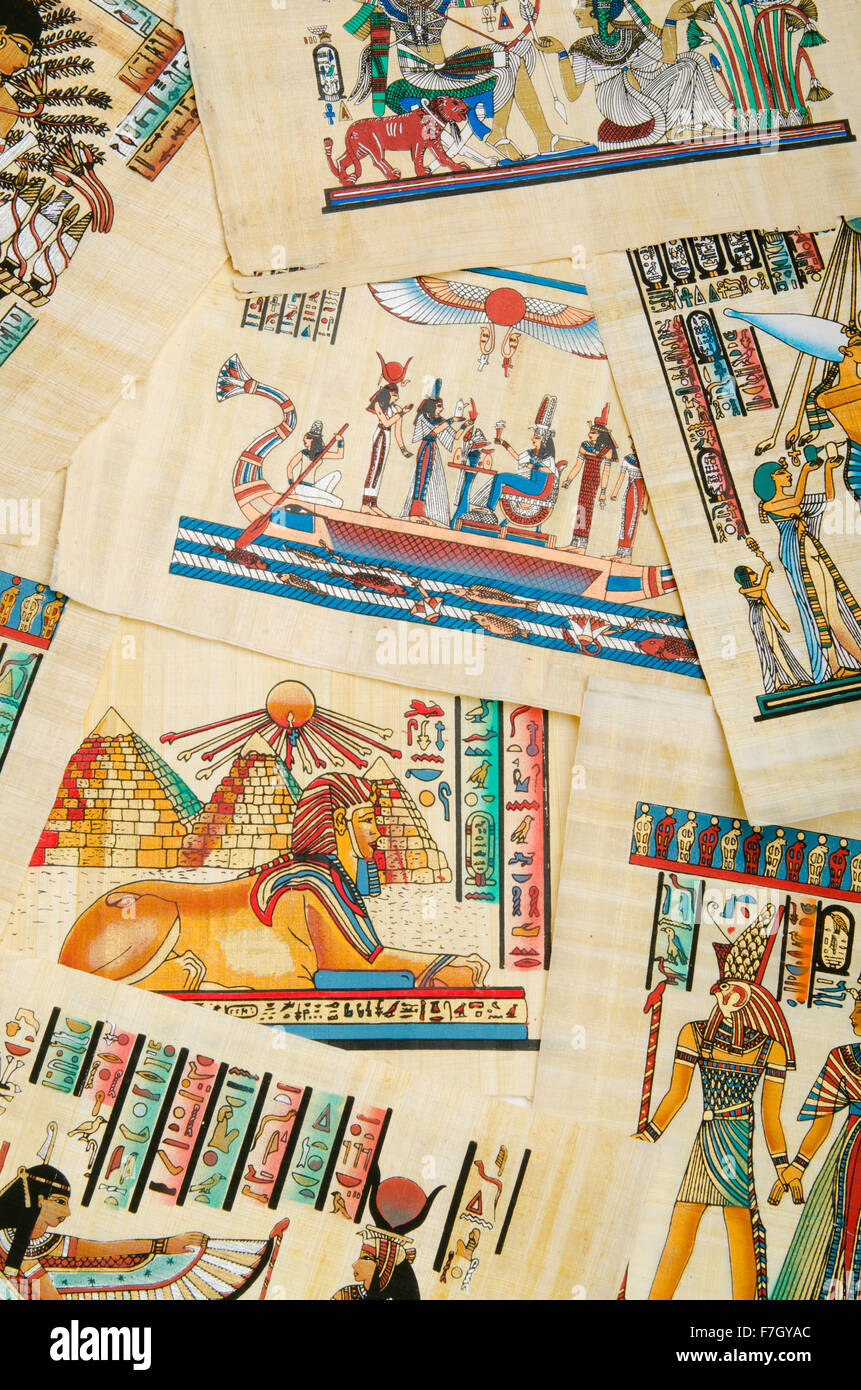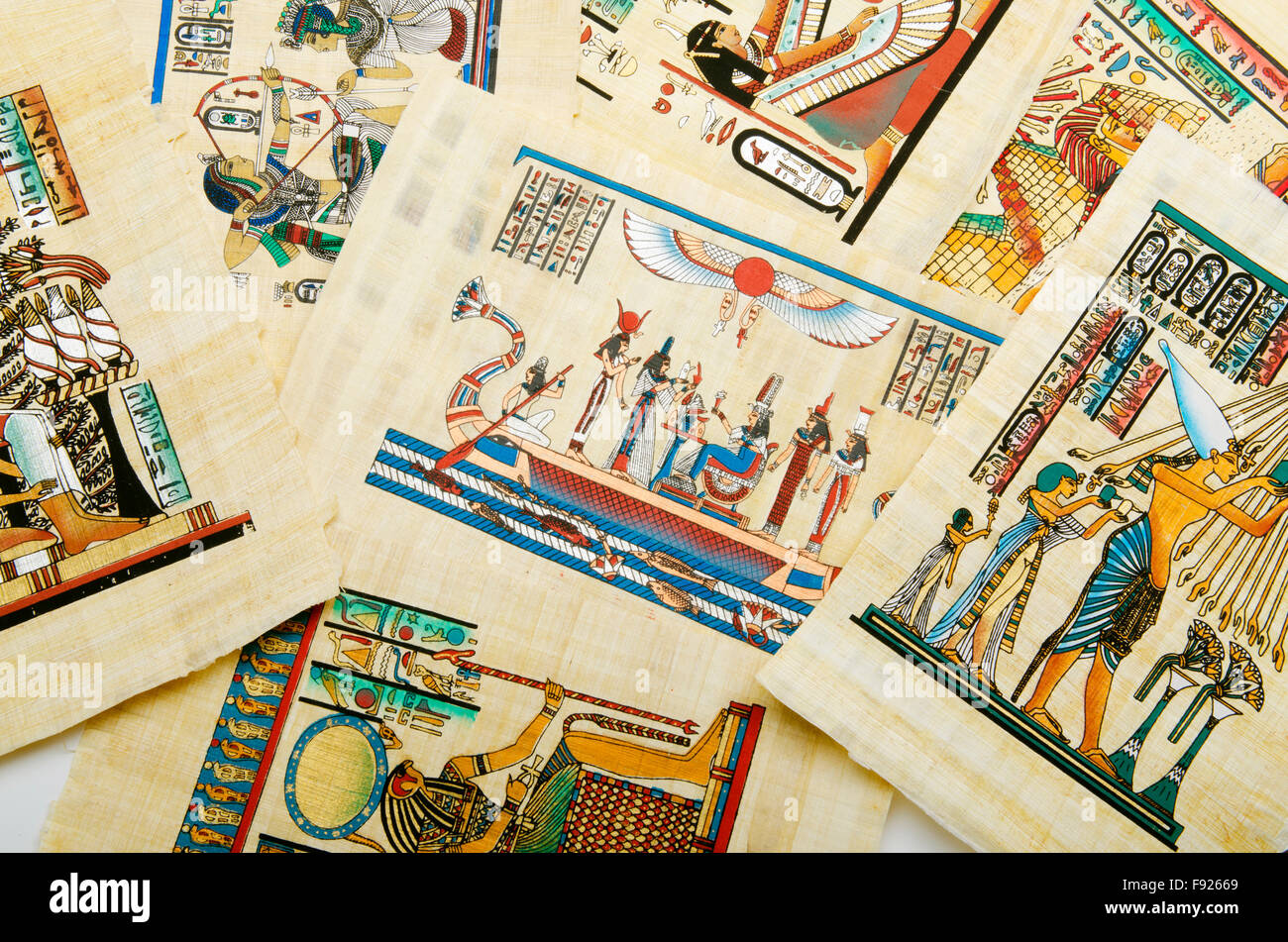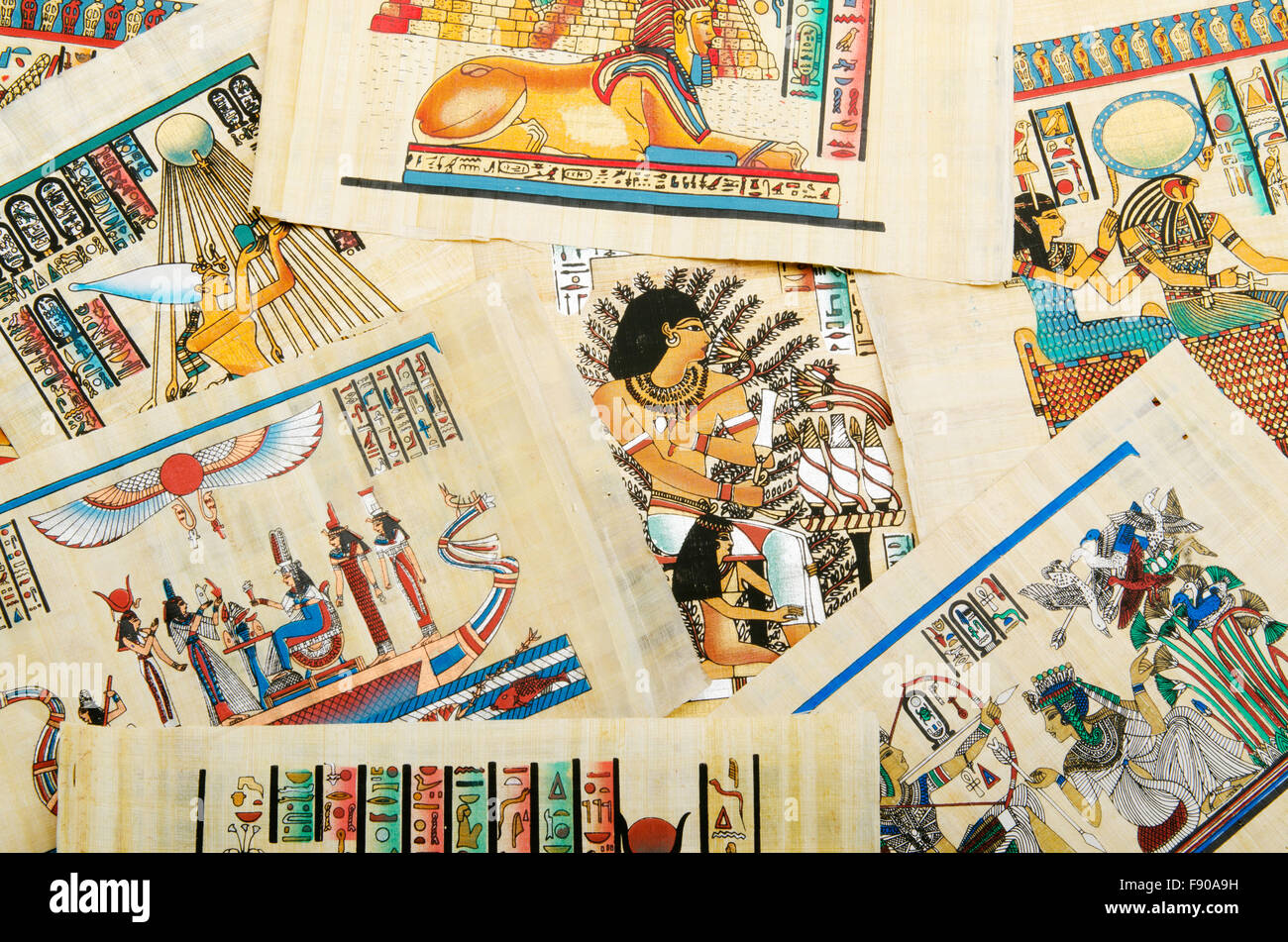Israel And Iran: A Millennia Of Shifting Alliances And Hostilities
Table of Contents
- Introduction
- The Roots of a Complex Relationship
- The Seismic Shift: Iran's Islamic Revolution
- From Covert Ties to Open Animosity (Post-1979)
- The Gulf War and Beyond: Escalation of Hostility
- The Nuclear Dimension and Targeted Strikes
- Recent Flashpoints: From Consulate to Capital
- Understanding the Underlying Dynamics
- The Future Trajectory: A Region on Edge
- Conclusion
The intricate relationship between Israel and Iran has captivated global attention for decades, evolving from a period of quiet cooperation to a state of open hostility that frequently threatens regional stability. What started as years of tension has now become one of the biggest military clashes in the region’s recent history, culminating in direct exchanges of fire that once seemed unthinkable. This complex dynamic, far from being a simple binary conflict, is deeply rooted in historical grievances, shifting geopolitical alignments, and profound ideological differences.
Understanding the current volatility between these two powerful Middle Eastern nations requires a deep dive into their shared past, tracing the trajectory from pragmatic alliances to the present-day standoff. The conflict between Iran and Israel, once relegated to the shadows, has escalated yet again, demanding a thorough examination of its origins, turning points, and the underlying factors that continue to fuel this dangerous rivalry.
The Roots of a Complex Relationship
To truly grasp the current state of animosity between Israel and Iran, one must look back to a time when their relationship was remarkably different. For most of the Cold War, the relationship between Israel and Iran was cordial, characterized by a quiet, pragmatic partnership. This alliance was not merely coincidental but strategically calculated, grounded in shared strategic interests that transcended superficial differences.
During this period, particularly from the early 1950s until the pivotal 1979 Islamic Revolution, both nations found common ground in their geopolitical outlook. They shared concerns about the rise of Arab nationalism and the influence of the Soviet Union in the region. This convergence of interests laid the foundation for a discreet yet robust collaboration that spanned various sectors, from intelligence to trade.
A Quiet Partnership: Shared Interests and Discreet Ties
The pragmatic alliance between Israel and Iran during the Shah's era was a testament to realpolitik. Iran supplied up to 60% of Israel’s oil through a discreet pipeline, a crucial lifeline for the nascent Jewish state. Beyond energy, the two nations fostered significant economic and diplomatic ties. El Al flights connected Tel Aviv and Tehran, symbolizing the ease of movement and communication between the two capitals.
A significant common threat that drew them together was Iraq. Both Iran and Israel viewed Iraq as a common threat, providing another rationale for cooperation. Iraq’s ambitions and military capabilities were a source of concern for both Tehran and Jerusalem. This shared apprehension led to covert operations and intelligence sharing. Iran also viewed the Iraqi Kurds as the Iraqi regime’s Achilles’ heel, recognizing their potential to destabilize Baghdad. Thus, the Mossad and the SAVAK, Israel’s and Iran’s intelligence organizations, joined forces, collaborating on intelligence gathering and covert operations against their mutual adversaries. This period also saw Iran seeking to improve its relations with the US, and at the time, Israel was seen as a good way to achieve that aim, further solidifying their bond. With the death of Nasser in 1970, Iran’s relations with countries such as Egypt warmed, yet the underlying strategic alignment with Israel remained.
- Iran Samovar
- Nuclear Explosion Iran
- Fashion Outlets Of Chicago
- Petroleum In Iran
- What Does Benjamin Orrs Son Do
The Seismic Shift: Iran's Islamic Revolution
The year 1979 marked an irreversible turning point in the history of Israel and Iran. The origins of the rivalry between the Islamic Republic and the Jewish state trace back to the overthrow of Israel’s close ally, the authoritarian Shah of Iran, Mohammad Reza Pahlavi, by Ayatollah Ruhollah Khomeini’s forces in Iran. The Islamic Revolution fundamentally transformed Iran’s political landscape, replacing a pro-Western monarchy with an anti-Western, anti-Zionist theocracy.
Ayatollah Khomeini, the spiritual leader of the revolution, immediately declared Israel an illegitimate entity and a "little Satan," viewing it as an outpost of Western imperialism in the heart of the Muslim world. This ideological shift was profound and immediate, dismantling decades of quiet cooperation and replacing it with overt hostility. The pragmatic partnership dissolved overnight, paving the way for an era defined by ideological confrontation and geopolitical rivalry. Iran's current government does not recognize Israel's legitimacy as a state, a cornerstone of its foreign policy.
From Covert Ties to Open Animosity (Post-1979)
Following the Islamic Revolution, the relationship between Israel and Iran underwent a dramatic transformation. The cordiality of the Cold War era was replaced by growing animosity, initially simmering beneath the surface but steadily escalating. The ideological chasm that opened up between the two nations became the primary driver of their deteriorating ties.
Iran, now an Islamic Republic, saw Israel not just as a political adversary but as an existential threat to the Muslim world, inextricably linked to what it perceived as Western dominance. This fundamental ideological opposition became the bedrock of Iran's foreign policy towards Israel, influencing its actions across the region.
Ideological Chasm and Geopolitical Rivalry
The post-1979 era saw the emergence of a fierce geopolitical rivalry, primarily fought through proxies and indirect means. Iran began supporting various anti-Israel groups, most notably Hezbollah in Lebanon and Hamas in the Gaza Strip, providing them with financial aid, military training, and weaponry. These groups became key instruments in Iran's strategy to challenge Israel's security and influence in the Levant.
Israel, in turn, viewed Iran's growing regional influence, particularly its nuclear program and support for armed non-state actors, as its most significant strategic threat. This perception fueled a proactive stance, with Israel often taking pre-emptive or retaliatory actions against Iranian assets or proxies in neighboring countries, particularly Syria. The conflict between Israel and Iran has thus been shaped by historical grievances, power struggles, and ideological conflicts without explicit geographical disputes, making it a unique and dangerous rivalry.
The Gulf War and Beyond: Escalation of Hostility
The end of the Gulf War in 1991 marked another significant turning point, as the relationship between Israel and Iran became openly hostile. With Iraq's military capabilities significantly diminished, the strategic landscape of the Middle East shifted. Iran, no longer preoccupied with a direct threat from its western neighbor, intensified its focus on projecting power across the region, often at Israel's expense.
This period saw Iran solidify its "Axis of Resistance," a network of state and non-state actors aimed at challenging American and Israeli influence. Israel, feeling increasingly encircled, responded by bolstering its military and intelligence capabilities, particularly in areas related to missile defense and counter-terrorism. The animosity, once primarily ideological, now manifested in a direct, albeit often covert, strategic competition for regional dominance.
The open hostility became a defining feature of their interactions, characterized by a constant shadow war involving cyberattacks, assassinations of scientists, and targeted strikes. This ongoing tension underscored the deep-seated nature of their rivalry, moving beyond mere diplomatic disagreements to a state of perpetual low-intensity conflict.
The Nuclear Dimension and Targeted Strikes
One of the most critical and destabilizing aspects of the Israel-Iran conflict is Iran's nuclear program. Israel views a nuclear-armed Iran as an existential threat, given Iran's stated aim of destroying the Jewish state and its history of supporting militant groups. This fear has driven much of Israel's proactive measures against Iran.
Israel has consistently advocated for international efforts to prevent Iran from acquiring nuclear weapons and has, on several occasions, been suspected of taking covert action to impede Iran's nuclear progress. This has included cyberattacks, sabotage, and the assassination of Iranian nuclear scientists. These actions, while often unacknowledged by Israel, are widely attributed to its intelligence agencies.
The Shadow War Intensifies
The shadow war between Israel and Iran has intensified over the years, extending beyond nuclear facilities to military targets and high-profile individuals. Israel said it targeted nuclear and military facilities, killing Iran’s top military and nuclear scientists, in various unconfirmed operations. These alleged strikes are part of a broader strategy to degrade Iran's capabilities and deter its regional ambitions.
The conflict between Israel and Iran has a history of animosity, rooted in ideological differences, geopolitical rivalry, and, more recently, nuclear tensions. This multi-faceted rivalry ensures that even without direct military confrontation, the two nations are locked in a dangerous and escalating struggle for influence and survival in the Middle East. Despite tensions and indirect diplomatic efforts, their rivalry poses significant threats to regional and global stability.
Recent Flashpoints: From Consulate to Capital
The long-standing shadow war between Israel and Iran erupted into unprecedented direct exchanges in recent months, marking a dangerous new chapter in their conflict. On April 1, 2024, a suspected Israeli strike on Iran's consulate in Syria killed two top Iranian military commanders and at least 10 other people. This attack was a significant escalation, as it targeted Iranian diplomatic premises, which are typically considered sovereign territory.
Iran vowed retaliation, and on April 13, 2024, launched an unprecedented direct missile and drone attack on Israel, though most projectiles were intercepted. This direct attack, while largely thwarted, signaled a dangerous shift from proxy warfare to direct military confrontation.
A New Chapter of Open Conflict
The cycle of retaliation continued. On Friday, June 13, 2025, Israel launched a major attack on Iran, hitting several important military and nuclear targets, including the capital, Tehran. This was a direct response to Iran's earlier actions. Israel and Iran opened a new chapter in their long history of conflict when Israel launched a major attack with strikes early Friday that set off explosions in the Iranian capital of Tehran. On June 13, explosions rocked Tehran as Israel carried out a major attack on Iran’s nuclear program.
This exchange of direct strikes signifies a profound escalation. It was always Israel that was the proactive party in the shadow war, but the recent direct retaliations from both sides have transformed the conflict from a covert struggle into an openly acknowledged military confrontation. The conflict between Israel and Iran has turned into open war, pushing the region to the brink. What started as years of tension has now become one of the biggest military clashes in the region’s recent history. This is a brief history of Iran and Israel’s escalating conflict, demonstrating how quickly a long-simmering rivalry can boil over into direct confrontation.
It is also important to note the broader regional context. The Hamas militants from the Gaza Strip storming into Israel on October 7, 2023, killing 1,200 people and taking 250 hostage, began the most intense war between Israel and Hamas. This event further inflamed regional tensions and provided a backdrop for the direct escalation between Israel and Iran, as Iran is a key backer of Hamas.
Understanding the Underlying Dynamics
The enduring conflict between Israel and Iran is a complex tapestry woven from several intertwined threads:
- Ideological Differences: At its core, the Islamic Republic of Iran's foundational ideology rejects Israel's existence, viewing it as an illegitimate entity and a tool of Western influence. This fundamental opposition makes reconciliation incredibly difficult.
- Geopolitical Rivalry: Both nations aspire to be the dominant power in the Middle East. Iran seeks to expand its influence through its "Axis of Resistance" and by challenging the existing regional order. Israel, in turn, aims to maintain its qualitative military edge and prevent the rise of hostile powers on its borders.
- Nuclear Tensions: Iran's nuclear program remains a flashpoint. Israel perceives it as an existential threat, while Iran insists on its right to peaceful nuclear technology. The lack of trust and transparency exacerbates this tension, leading to a dangerous cycle of alleged sabotage and retaliation.
- Proxy Warfare: Much of the conflict has been fought indirectly, through proxies in Lebanon, Syria, Yemen, and Gaza. This allows both sides to inflict damage without direct, all-out war, but it also makes the conflict highly unpredictable and difficult to contain.
- Regional Alliances: The conflict is further complicated by the web of regional alliances. Israel has strengthened ties with Arab states that share concerns about Iran, while Iran continues to cultivate relationships with non-state actors and certain governments that oppose Western and Israeli influence. India’s pursuit of economic agreements underscores that global powers are also navigating this complex regional dynamic.
The Future Trajectory: A Region on Edge
The recent direct military exchanges between Israel and Iran signify a dangerous new phase in their long-standing rivalry. The traditional "rules" of the shadow war appear to be eroding, replaced by a more overt and perilous cycle of retaliation. This escalation carries immense risks for the entire Middle East and potentially beyond.
The possibility of miscalculation or unintended escalation looms large. With both sides demonstrating a willingness to directly target each other's territory, the chances of a wider regional conflict increase significantly. The international community faces a daunting challenge in de-escalating tensions and finding a pathway to stability. Without a fundamental shift in their core ideological and strategic positions, the history of Israel and Iran suggests that their conflict will continue to shape the destiny of the Middle East for years to come.
Conclusion
The history of Israel and Iran is a compelling narrative of shifting alliances, profound ideological divides, and escalating conflict. From a quiet, pragmatic partnership rooted in shared strategic interests to an openly hostile rivalry driven by revolutionary fervor and geopolitical competition, their relationship has undergone a dramatic transformation. The recent direct military exchanges underscore the dangerous evolution of this conflict, moving from the shadows into the open.
Understanding this complex history is crucial for comprehending the current volatile landscape of the Middle East. The interplay of ideological animosity, geopolitical maneuvering, and the ever-present nuclear dimension ensures that the relationship between Israel and Iran will remain a critical focal point for regional and global security. What are your thoughts on the future trajectory of this critical relationship? Share your perspectives in the comments below, or explore our other articles on Middle Eastern geopolitics to deepen your understanding of this intricate region.

Egyptian history concept with papyrus Stock Photo - Alamy

Egyptian history concept with papyrus Stock Photo - Alamy

Egyptian history concept with papyrus Stock Photo - Alamy